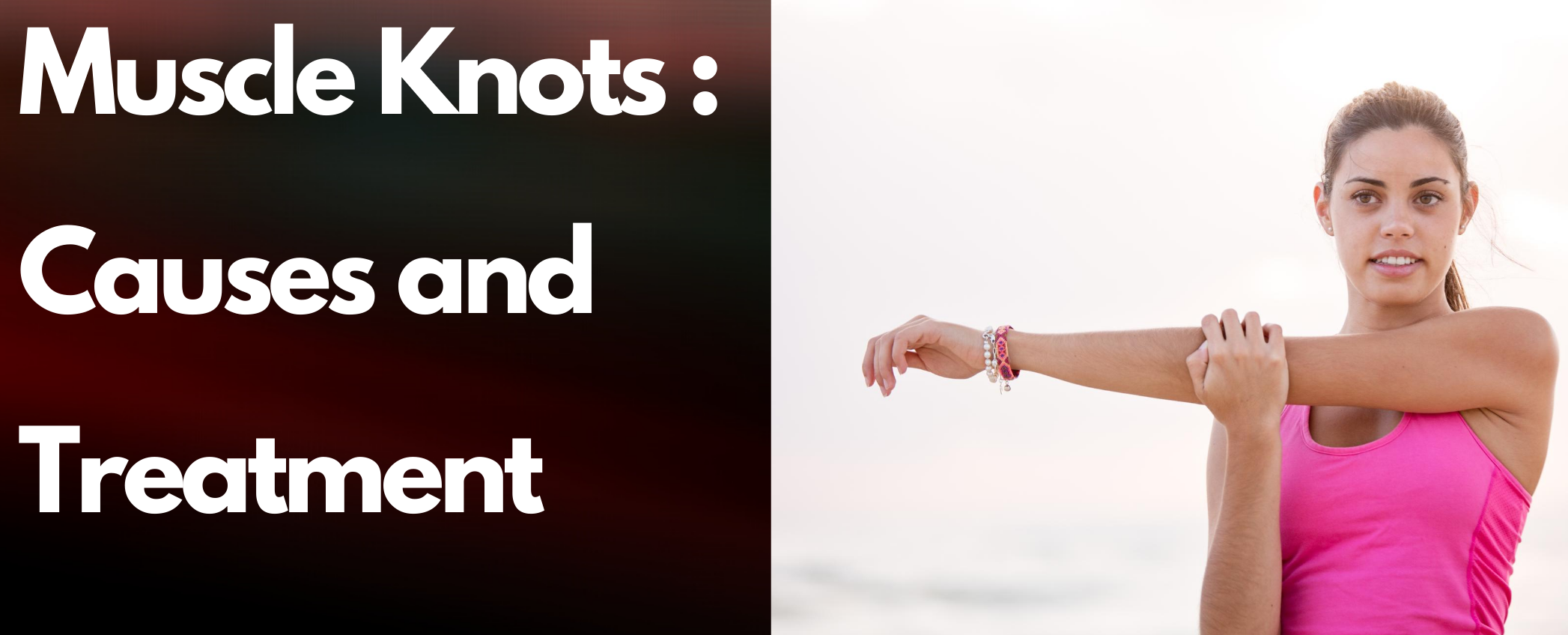Read this topic if you want to know about musculoskeletal pain arising from muscle knots.
Muscle knots
Muscle knots are tender spots in muscle or fascial tissues that are scientifically termed as myofascial trigger points. In the active phase these trigger points are very sensitive and produce intense pain in the surrounding body parts, depending upon their location in the body.
Many times, trigger points are formed without producing any pain and you feel it only when you press on them, and they are responsible for tenderness and dull aching sensation in surrounding body parts.
Causes
There is no single reason for myofascial restrictions form muscle knots. It is common to have myofascial restrictions secondary to practicing poor posture that is mainly seen with sedentary lifestyle. Psychological stress and anxiety are other common factors for generating tension in muscles and be the reason for trigger points. Also, muscle injuries from repetitive motions and heavy lifting are one of the reasons for myofascial tightness leading to painful trigger points in body. Muscle sprain, strain or tear are also responsible for forming muscle knots in the body.
Location
Trigger points can form anywhere in the body. The common areas of the body where you develop muscle knots are area between neck and shoulder (Trapezius), lower back, side of thigh (IT band), lower leg (calf and shin). You may also experience them in hamstring, mid back, forearm.
These muscle knots are harmless in nature, but they create body pain. One may feel pain is arising from conditions like tension headache, back pain, neck pain, rotator cuff pain, tennis elbow, radiating pain in extremities; however, the underlying reason is muscle knot. Thus, myofascial restrictions are misleading, they produce symptoms similar to other musculoskeletal conditions. Musculoskeletal specialists like Physical therapists are experts in detecting underlying muscle knots which might be the reason for your symptoms.
Treatment
In some cases, it is possible to self-treat these muscle knots. Using a fingertip, apply firm pressure on the muscle knot and hold or make small circles, this helps to reduce the tension in that area and gives quick pain relief. One can use tennis ball for stubborn muscle knots. If pain continues then it is recommended to see a physical therapist near you. Physical therapy has number of options to work on trigger points and myofascial restrictions. Some of them are myofascial release technique, deep tissue massage, therapeutic stretching, pulsed ultrasound, dry needing, mechanical vibration, electrical stimulations. Along with these physical therapy techniques postural re-education, office ergonomics for desk job and strengthening exercises are also important factors to prevent these muscle knots forming again.
About Potential physical therapy
Our physical therapist performs different manual therapy techniques like myofascial release, deep tissue massage, IASTM, therapeutic stretching along with personalized exercise program according to individual needs. We use evidence-based approach to educate and treat you that speeds up your pain relief. In most cases physical therapy will be enough to recover from myofascial trigger point pain. Contact us today to learn more about our programs and how they can help you relieve your trigger point pain.

